Big cats find love and habitat in Switzerland
Hunted to extinction in Switzerland in the early 1900s, lynx are doing well now – thanks partly to the successful matchmaking services of the Swiss government.
In 1971, the authorities imported two male and two female lynx from the Carpathian Mountains in eastern Europe – and dropped them off in the forest of canton Obwalden in central Switzerland. The big spotted cats with the tufted ears liked their new home and began breeding. Today there are about 300 lynx living in different parts of the country, enough for Switzerland to send animals to other countries for wildlife resettlement projects.
Solitary – except in the March/April mating season – and territorial, a female lynx has a range of 50-150 km²; for males it’s 100-250 km². The standard litter, born in late May or early June, has two kittens who stay with their mother for ten months.
According to the Swiss-based Carnivore Ecology and Wildlife Management (KORA)External link, roe deer and chamois account for 88% of the local lynx diet.
“An individual adult requires about a deer or chamois per week or, in other words, about 50-60 animals per year,” says KORA.
Human-wildlife conflict
Some farmers are wary of the large felines because they occasionally help themselves to a sheep. In mountainous canton Valais, there is even a movement underway to eliminate predators from the area – though this is mainly targeted at wolves.
Yet wolves and lynx have a role to play in nature, insists Raphaël ArlettazExternal link, head of conservation biology at the University of Bern. “A predator is not only eating prey. When predators limit the population of animals grazing the vegetation, then you have a positive aspect of biodiversity which should be considered.”
Hedwig Zuber, a sheep farmer in the Valaisian village of Furen, thinks wolves should be hunted down but is more tolerant of lynx.
“They’re OK. They kill one animal and then it’s quiet for a while.” The federal government reimburses farmers who can prove that a lynx (or wolf) killed livestock.
The sturdy cats are protected under the Bern Convention – a European treaty that conserves wildlife.
(SRF/swissinfo.ch/jh)
Weight: 17-26kg
Food: mainly deer and chamois, plus rabbits and sometimes foxes or livestock
Where to find: mainly northwestern Alps and the Jura
Conservation status: least concern
Swiss population: 300
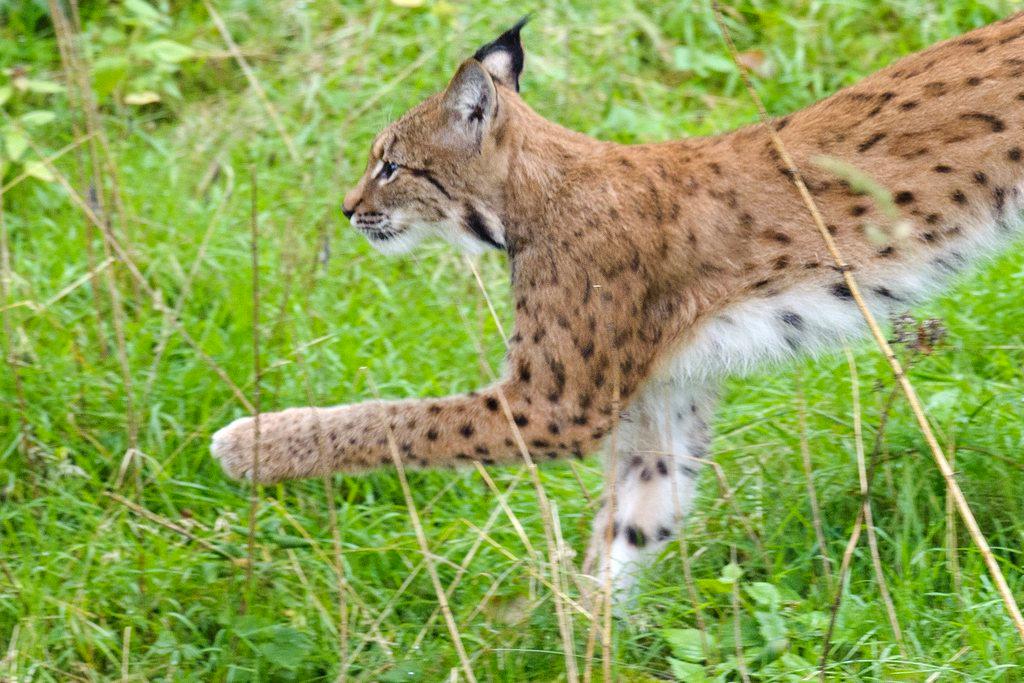


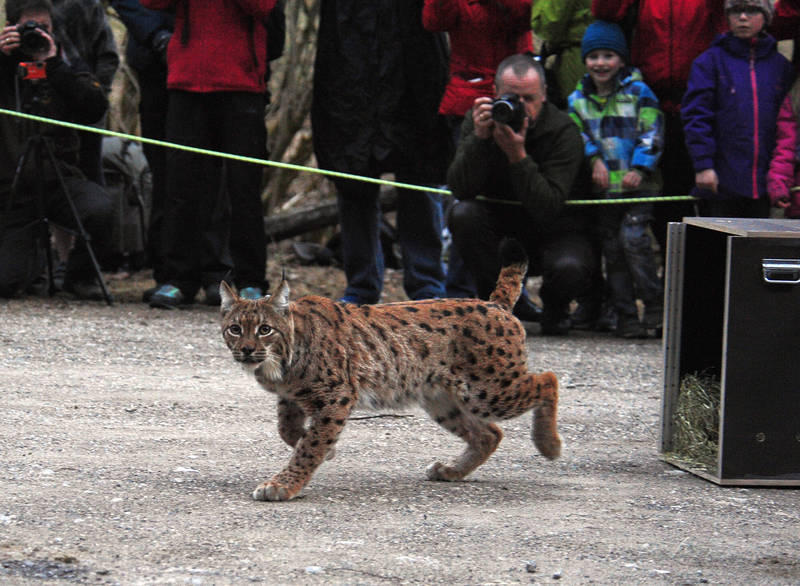
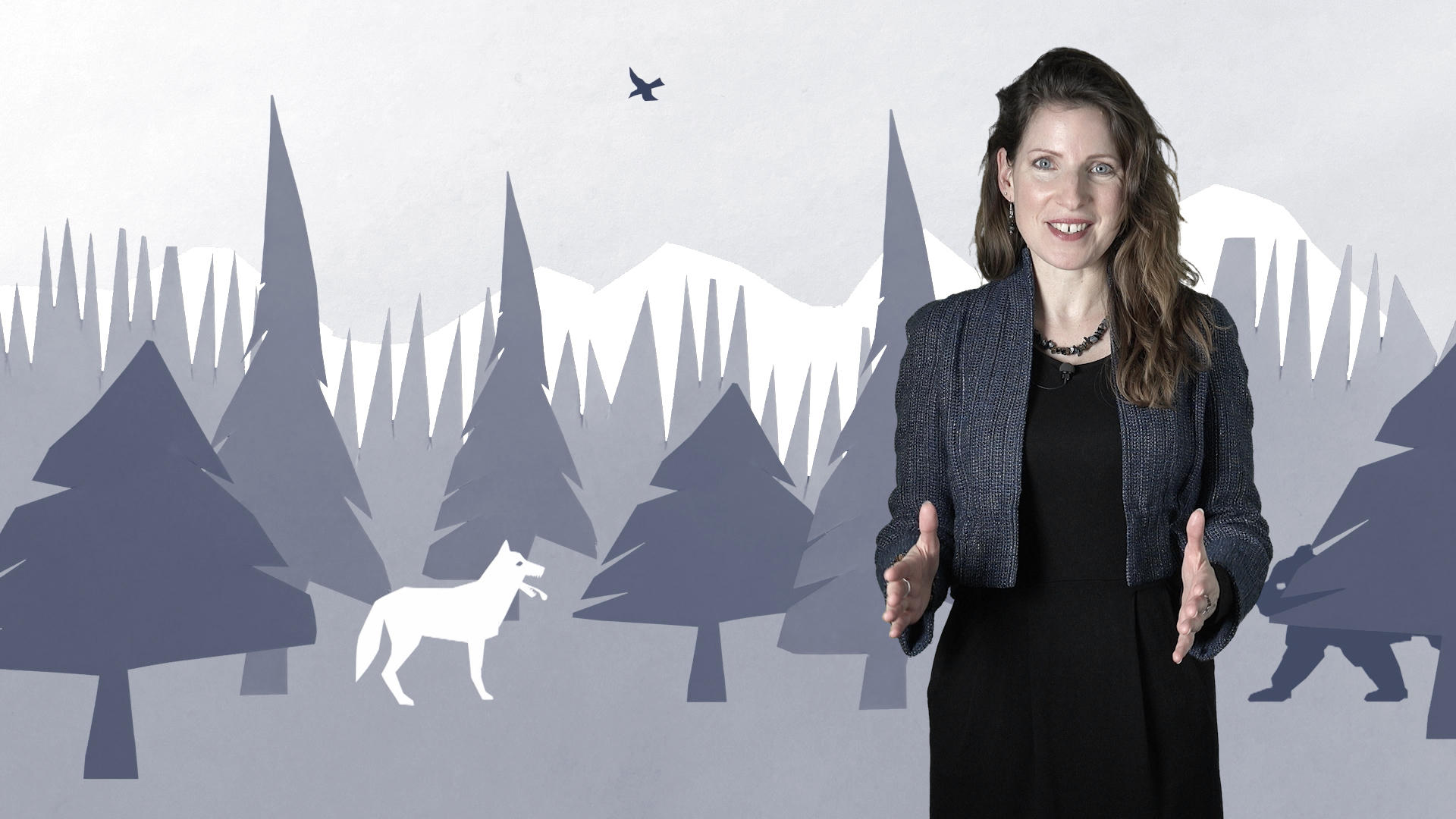
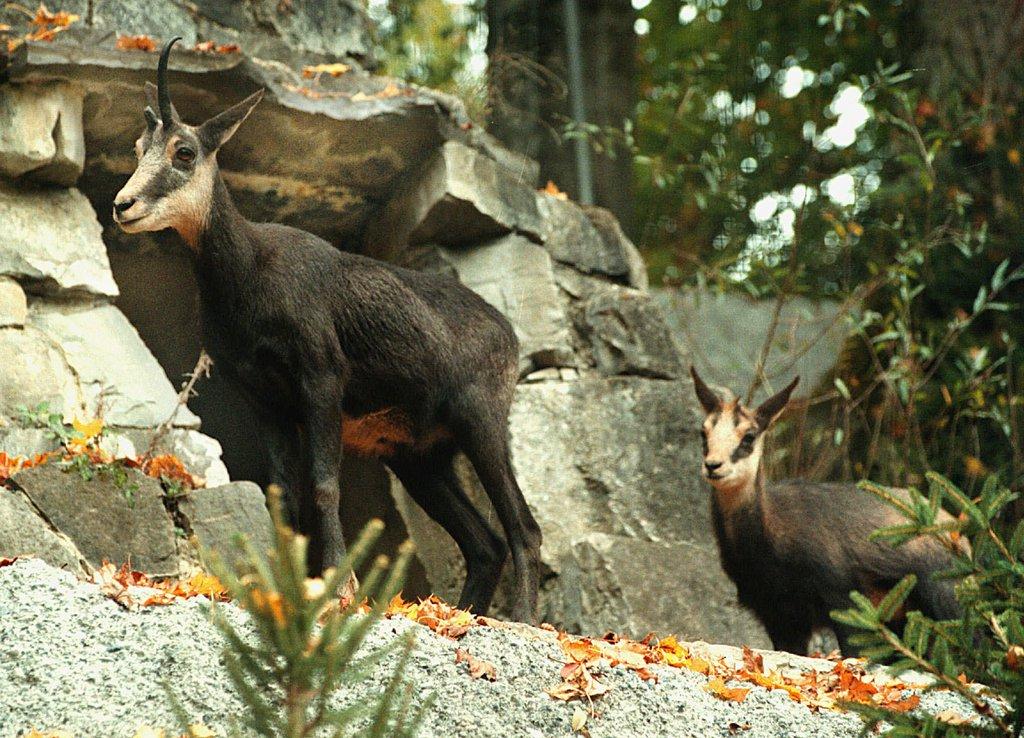
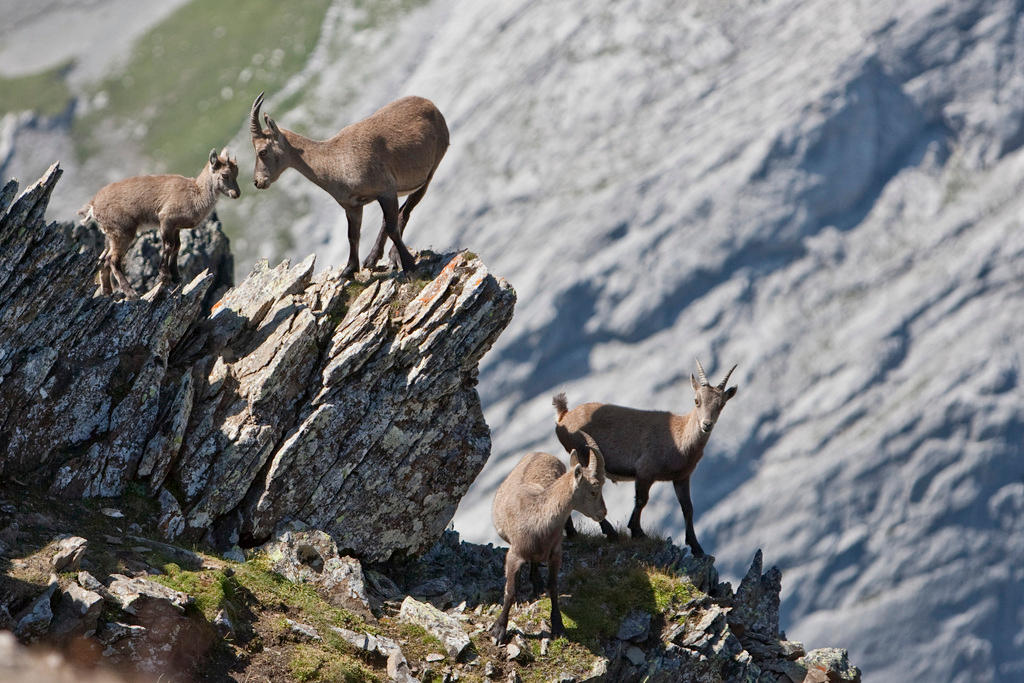
You can find an overview of ongoing debates with our journalists here. Please join us!
If you want to start a conversation about a topic raised in this article or want to report factual errors, email us at english@swissinfo.ch.